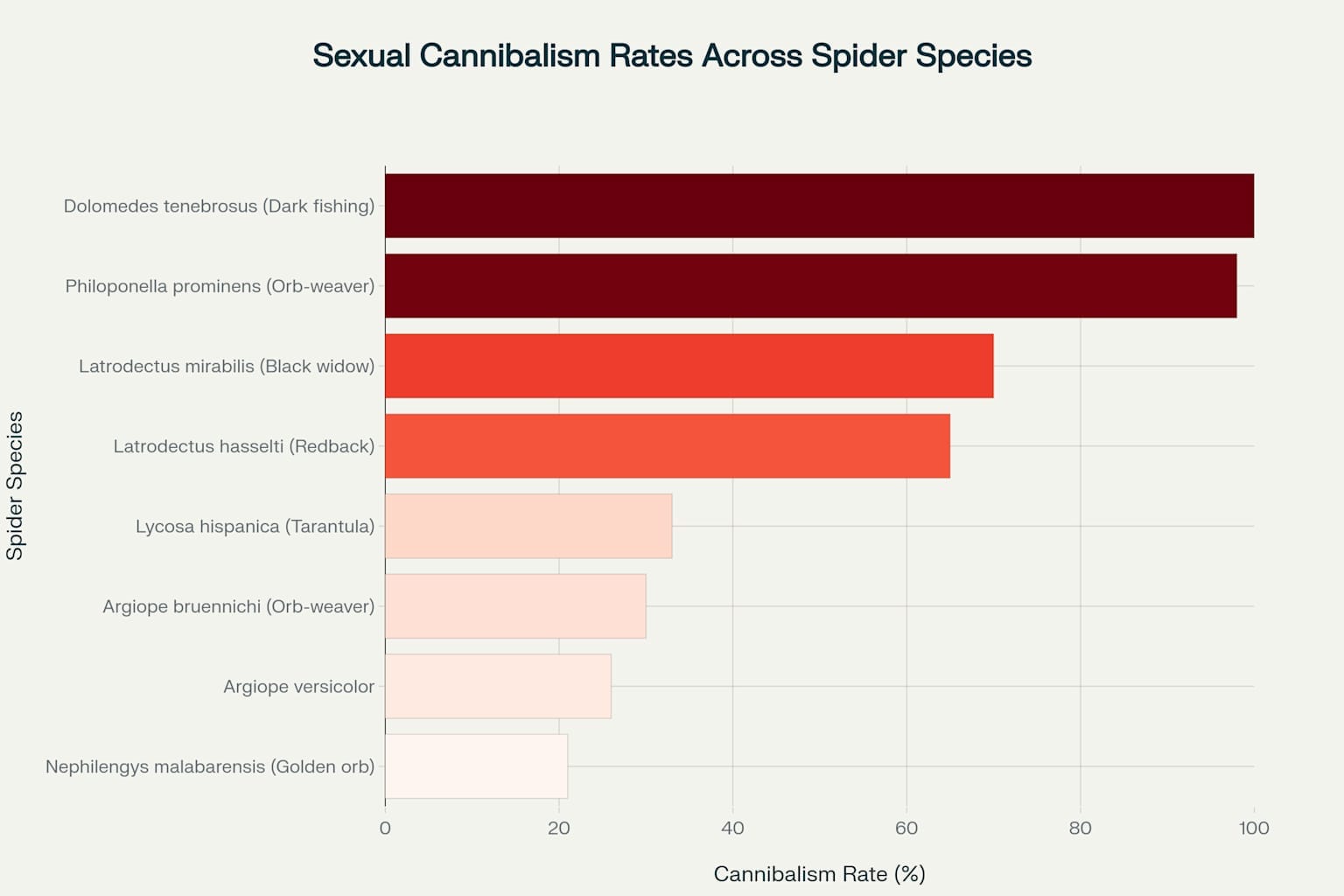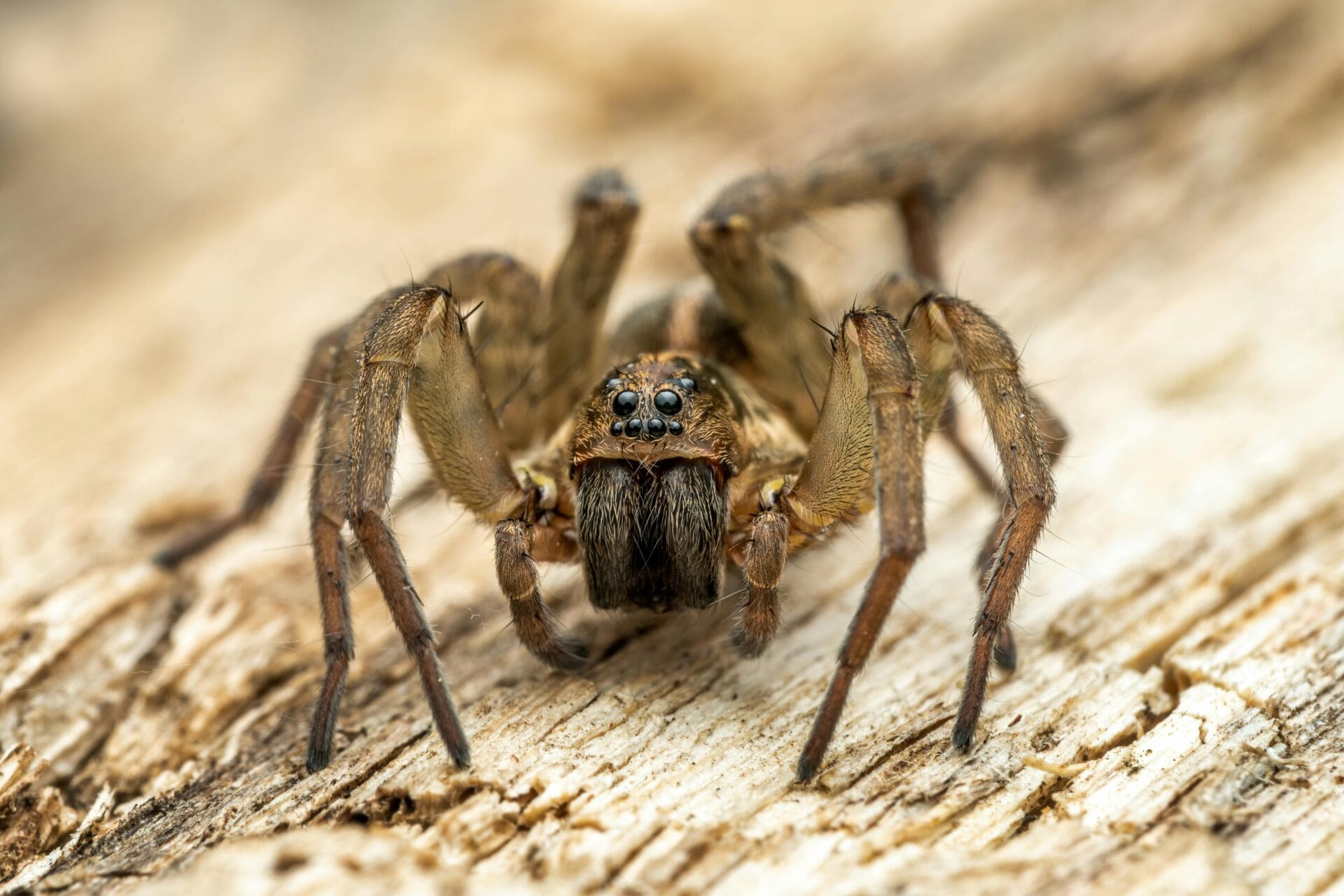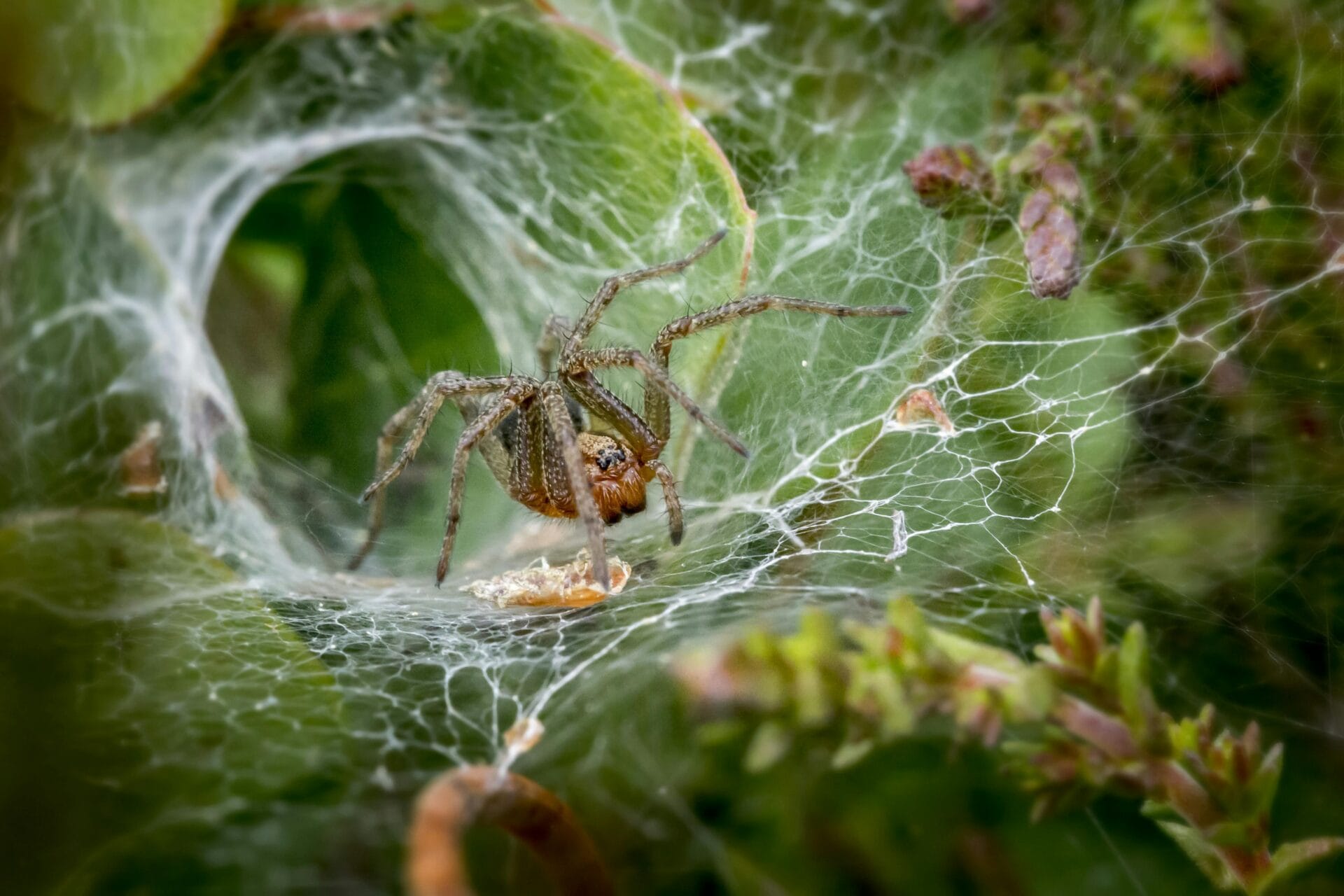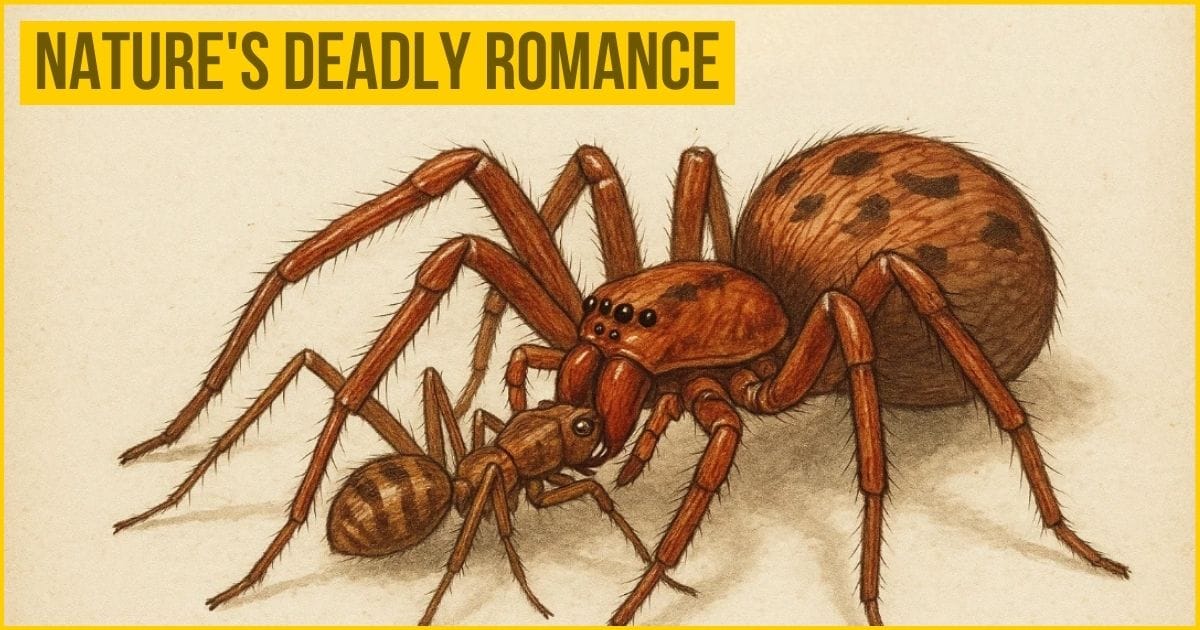In the complicated world of spiders, love often comes with a deadly twist. When female spiders consume their male partners during or after mating, it represents one of evolution’s most extreme examples of sexual conflict and reproductive strategy. Why do female spiders eat males after mating? Is it simply a matter of hunger, or does this gruesome act serve a deeper purpose? Let’s dive deep into the science to understand what drives this deadly romance.
This behavior, known as sexual cannibalism, has captivated scientists and sparked questions about its evolutionary purpose. This phenomenon, documented across numerous spider species, reveals a complex interplay of survival, nutrition, and genetic fitness that has evolved over millions of years.
Sexual cannibalism in spiders is more complex than what people usually think. Although the black widow spider is well-known for eating its mate, scientists have found that this behavior is not common in most widow species. Research shows that the chances of a female spider eating the male after mating vary a lot among different types of spiders. For example, some orb-weaver spiders show this behavior only 21% of the time, while in certain fishing spiders, it happens 100% of the time.
Table of Contents
- What is Sexual Cannibalism?
- Neurological and Hormonal Mechanisms of Sexual Cannibalism
- The Role of Size Differences in Spider Cannibalism
- Nutritional Benefits for Females Spiders
- Mating Strategies of Male Spiders
- Conclusion
What is Sexual Cannibalism?
Sexual cannibalism occurs when a female spider consumes a male before, during, or after mating. In spiders, this behavior most commonly involves females consuming males, though rare instances of reverse cannibalism have been documented in certain species like Micaria sociabilis.
The timing of cannibalism can vary significantly: pre-copulatory cannibalism occurs when females attack males before mating begins, while post-copulatory cannibalism happens after sperm transfer has been completed.
Research has identified over 30 species within the genus Latrodectus (widow spiders) where cannibalism occurs, though rates differ substantially between species. Some orb-weaver spiders like Argiope bruennichi show cannibalism rates around 30%, while certain fishing spider species like Dolomedes tenebrosus exhibit rates approaching 100%.

Neurological and Hormonal Mechanisms of Sexual Cannibalism
The neurological basis of sexual cannibalism involves complex interactions between feeding responses, mating behaviors, and aggressive tendencies. Female spiders have strong hunting instincts that are triggered by movement, vibration, and chemical signals. During mating encounters, these same sensory systems that normally identify prey can be activated by the presence and movements of courting males.
Studies on wolf spiders shows that females who haven’t eaten are more likely to engage in sexual cannibalism than well-fed individuals.The aggressive spillover hypothesis proposes that high levels of predatory aggression, which enhance feeding success in juveniles, can carry over into adult mating contexts and increase cannibalism rates.
The Role of Size Differences in Spider Cannibalism
Sexual size dimorphism (SSD) plays a significant role in spider cannibalism. In many species, females are much larger than males, sometimes by a factor of ten, as seen in orb-weaving spiders like Nephila. This size disparity makes males vulnerable, as females can easily overpower them.
Research has shown that when males are small relative to females, they are more easily overpowered and consumed. In the wolf spider Hogna helluo, large males were never eaten by their mates, while small males were consumed 80% of the time. This size disparity has driven the evolution of various male strategies to avoid cannibalism while still achieving successful mating.

Nutritional Benefits for Females Spiders
Eating a male produces females with valuable nutrients that enhance reproductive success. Research on the dark fishing spider (Dolomedes tenebrosus) shows that females who consume their mates produce nearly twice as many spiderlings, which are also larger and survive longer.
Similarly, in the Mediterranean tarantula (Lycosa tarantula), cannibalistic females produce heavier egg sacs and more offspring. Does this nutritional boost explain: Why Do Female Spiders Eat Males After Mating? It seems likely that the energy gained from consuming a male directly supports the demanding process of egg production.
Mating Strategies of Male Spiders
Catapulting Behavior
In Philoponella prominens, males have developed a remarkable escape mechanism. They catapult away from females at speeds up to 88 cm/s using hydraulic pressure in their front leg joints. In a study of 155 matings, 152 males survived by catapulting, while the three that didn’t were eaten. This behavior allows males to mate multiple times, climbing back via a silk safety line. Why is this strategy so effective? It seems to exploit the female’s brief moment of distraction post-mating, giving males a chance to escape.
Other Avoidance Strategies
Beyond catapulting, males employ other tactics. In Pisaurina mira, males wrap females in silk to restrain them during mating, reducing the risk of attack. Some species, like Paratrechalea, offer silk-wrapped prey as a distraction. Males of Argiope bruennichi mate with molting females, who are immobile and less aggressive, achieving a 97% survival rate compared to 20% with hardened females.
Male Sacrifice
In some species, males willingly sacrifice themselves. In redback spiders (Latrodectus hasselti), males perform a “copulatory somersault,” positioning their abdomen over the female’s fangs, with 65% being consumed. This sacrifice increases copulation duration and sperm transfer, boosting paternity success. Similarly, in dark fishing spiders, males die spontaneously post-mating, and their consumption leads to more and healthier offspring. Why would males evolve such a drastic strategy? It appears to be a calculated trade-off to maximize genetic legacy.

Conclusion
Why do female spiders eat males after mating? This behavior is driven by a combination of nutritional benefits, sexual size dimorphism, and evolutionary strategies. Females gain energy from consuming males, leading to more and healthier offspring, as seen in dark fishing spiders and Mediterranean tarantulas. The significant size difference in species like wolf spiders and orb-weavers makes males easy prey, especially when females are hungry.
Males, however, are not passive victims—they’ve evolved tactics like catapulting, gift-giving, or mating with molting females to escape death. In some cases, like redback spiders, males sacrifice themselves to boost paternity, ensuring their genetic legacy. Far from being a universal trait, sexual cannibalism varies across species, challenging myths like the “black widow” stereotype. This complex interplay of survival and reproduction highlights the intricate evolutionary dance between male and female spiders, where love can indeed be deadly.
For more insights into spider behavior, explore:
